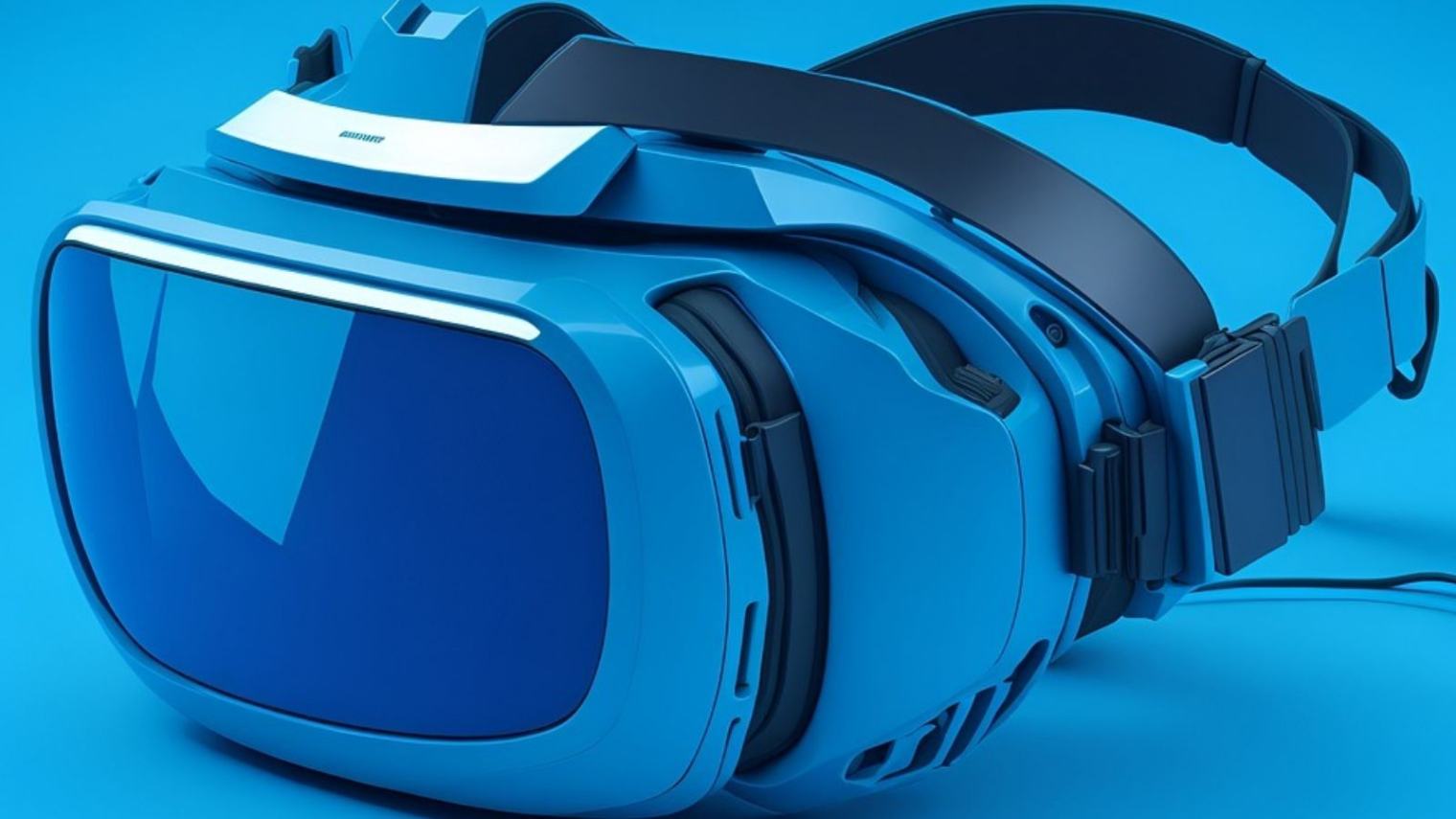Doom Running on An Electric Toothbrush
The classic shoot ’em up game Doom has found its way onto an unlikely platform – an electric toothbrush. Aaron Christophel, a YouTuber and device hacker, has successfully demonstrated how smart technology and the rise of internet-connected devices have led to the unconventional running of Doom on an Evowera Planck Mini smart toothbrush.
The Evowera Planck Mini toothbrush boasts advanced features such as a color display, Wi-Fi connectivity, and a brushing coaching app, showcasing the integration of technology into everyday home devices. Christophel utilized the toothbrush’s over-the-air update functionality to install custom firmware on the Planck Mini’s ESP32-C3 microcontroller, paving the way for loading Doom onto the toothbrush.
To control the game, Christophel ingeniously connected a Bluetooth mouse, with the movements of the player’s character in Doom being mapped to the forward and backward movements of the mouse. While the unconventional gaming platform may not be the first choice for many gamers, the feat demonstrates the versatility of integrating technology into unexpected devices.
However, this unconventional hack raises concerns about the security of smart devices. With the proliferation of smart home devices, questions regarding their susceptibility to opportunistic hackers have been brought to the forefront. Despite the ESP32-C3 microcontroller having built-in security features such as secure boot functionality, concerns about potential side-channel attacks that could bypass these security measures have been raised.
While it may be reassuring that smart devices are equipped with security features, the possibility of vulnerabilities, albeit requiring significant effort and nearby access, cannot be overlooked. Therefore, it is essential for users to ensure that their smart devices are connected to secure apps and networks, and are functioning as intended to mitigate potential security risks.
In conclusion, the unconventional running of Doom on an electric toothbrush serves as a thought-provoking demonstration of the integration of technology into everyday devices. It also prompts a necessary conversation about the security implications of the expanding landscape of smart devices and the measures required to safeguard against potential vulnerabilities.




